

Get into the habit of mentally adding the qualifier “which is good, if you’re into that sort of thing” to the end of almost every paragraph of this review. Look, we’ll do it for you this once, just to get you into the swing of things.
ArmA II is a military simulator set in the fictional Eastern European state of Chernarus, now a dynamic battlefield in which insurgents and peacekeeping forces take AI-controlled pot-shots at one another. A wide-ranging contingent of land, sea and air vehicles patrol dynamically from base to base, while civilians and wildlife try to get on with their lives without catching bullets between the eyes. It’s fundamentally hardcore army make-believe - the sort of game where every key does something strange and wonderful and the list of controls when printed could fill a toilet-paper roll. Which is good, if you’re into that sort of thing.
The thing is, many people won’t be. ArmA II’s biggest problem is that, for a lot of players, it simply won’t be “their thing”. Bohemia have made few concessions to accessibility and presentation, and as such the game is incredibly difficult for unwitting users to pick up and play. Everybody will have some idea of what to expect – the game warns you, patronisingly, that it isn’t like other shooters, as if anyone was under the impression that they were booting up a game of Call of Duty – but once you’re in, ArmA II is an overwhelming torrent of engaging, tactical combat, clever troop movements, intricate squad commands and utterly confusing menu systems.
Here’s a game in which the majority of soldiers whose heads you’ll so dutifully pop will be hundreds of metres from you, mere speckles of pixels through your gun sights. You’ll walk with your weapon pointed down, rather than with it hovering around the bottom of the screen. You’ll raise it to shoulder height and peer down the sights in an accurate, authentically motion-captured manner. You’ll spend ages trudging across the countryside, then die as a single bullet tears through your skull. It’s that sort of game, and being set in this gigantic open world means it’s equally blessed and cursed by the semi-autonomous AI that populates it.
The campaign introduces some narrative structure, which often falls foul of the game’s underlying AI systems. What we mean here is, your character might break away from his group to investigate claims of a mass grave a kilometre away and, upon discovering it, have a bit of a blubber about how horrible it all is over the radio to his commander. Once this bit of scripting relinquishes control of the radio back to the AI, your commander forgets your traumatised state and screams for you to get back in formation, like some senile, bellowing grandparent. ArmA II’s campaign is peppered with these holes: hallmarks of a powerful simulation engine simply trying to do what it thinks is right, but in the wrong context.
There are frayed edges here then, and ArmA II is, unfortunately, as unpolished as the original ArmA, but the roughness is the sort that will only bother those used to the perfect sheen of blockbuster shooters. We don’t think we’re being too forgiving when we say that if you’re predisposed towards this breed of game, you’ll happily overlook many of its quirks. For that reason it’s difficult to give ArmA II a straight verdict: this was always going to be a hearty recommendation with some fairly significant caveats hanging over it.
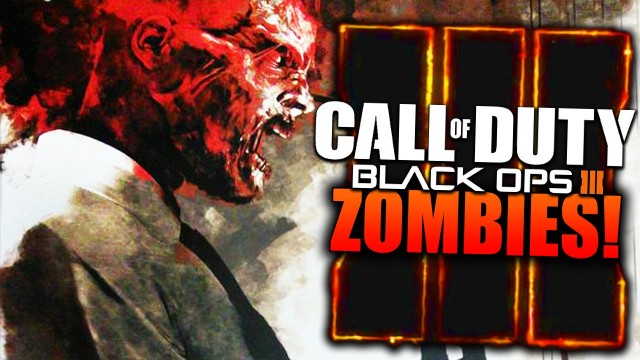
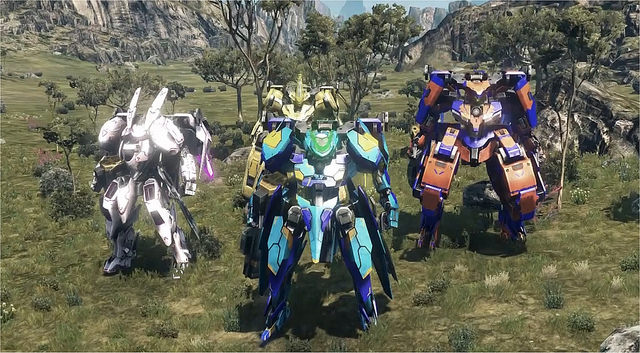
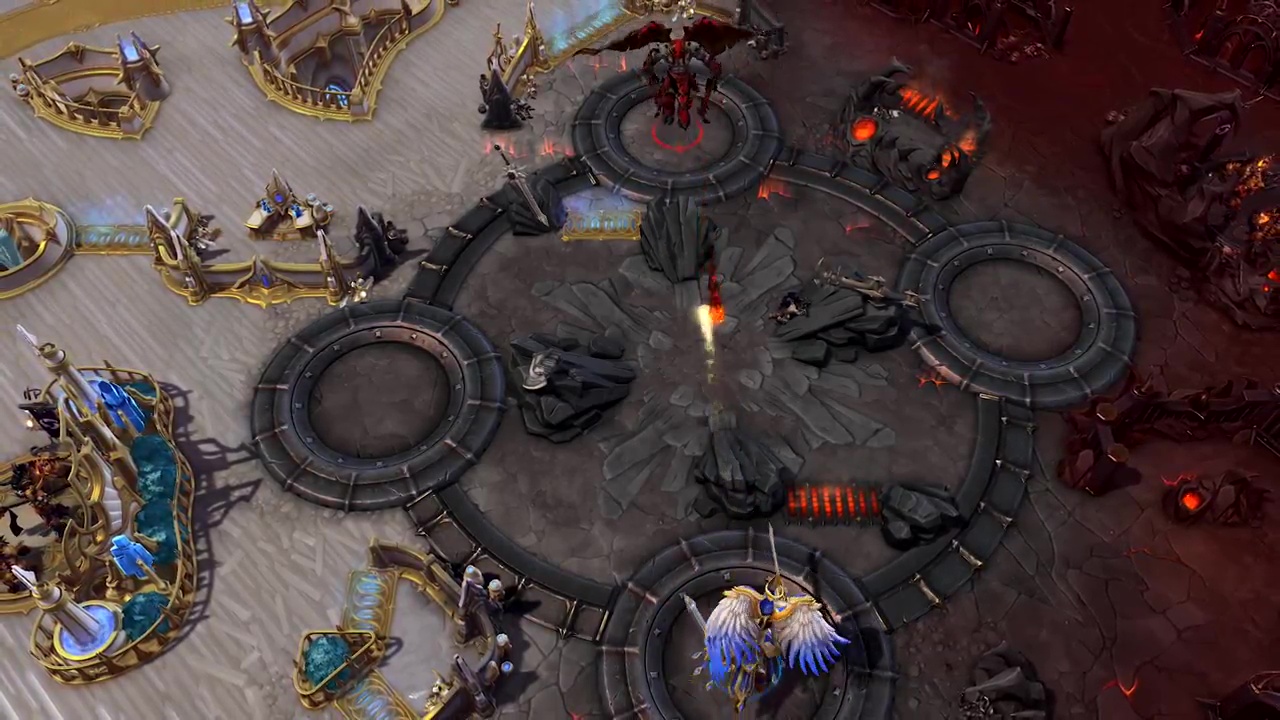

 Metal Gear Solid V: TPP - How to Get All Key Items and Certificates
Metal Gear Solid V: TPP - How to Get All Key Items and Certificates Metal Gear Solid V: The Phantom Pain Review
Metal Gear Solid V: The Phantom Pain Review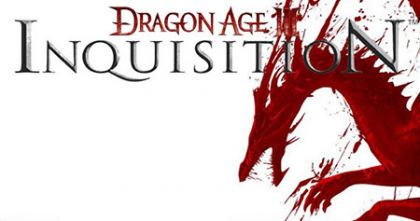 How to fix Dragon Age: Inquisition Graphic Issues, Mouse issues, DLL Errors and more
How to fix Dragon Age: Inquisition Graphic Issues, Mouse issues, DLL Errors and more Life is Strange Episode 3 - All 10 Optional Photo Locations
Life is Strange Episode 3 - All 10 Optional Photo Locations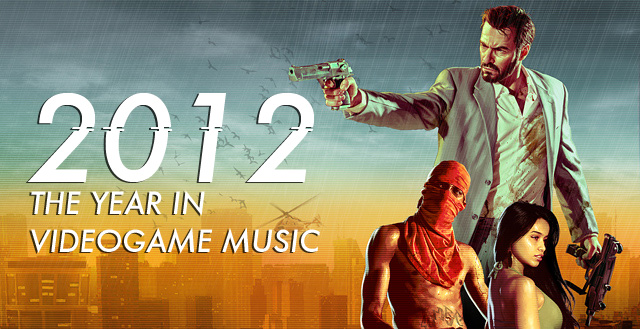 2012: The Year In Videogame Music
2012: The Year In Videogame Music